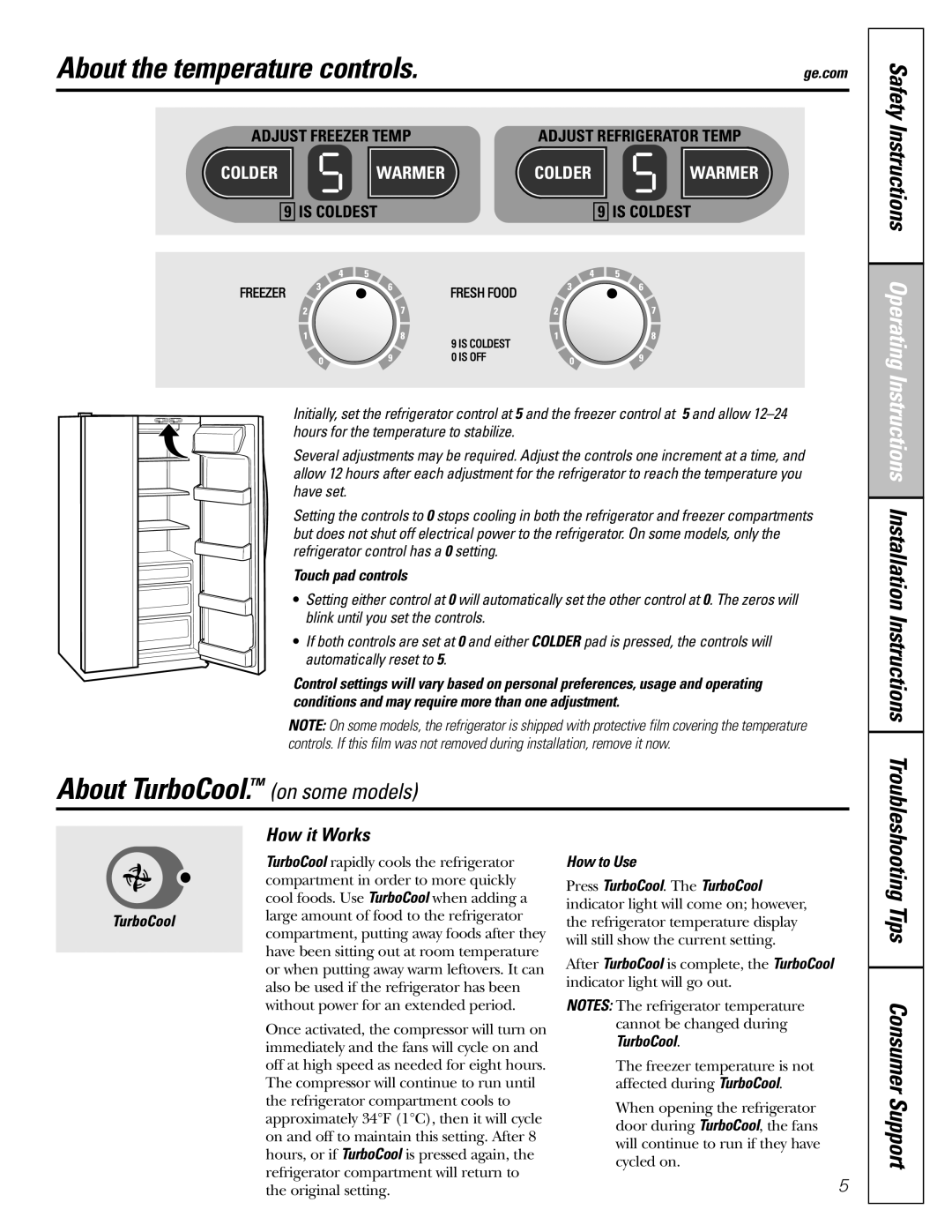25 and 27 specifications
The GE 25 and 27 series represent a significant evolution in the realm of gas turbine technology, tailored for both industrial and power generation applications. These advanced turbines are well-regarded for their impressive efficiency, reliability, and adaptability to various operational needs.The GE 25 engine, known for its robust design, is specifically engineered to deliver high performance in a compact footprint. It boasts a power output of approximately 25 megawatts, making it suitable for a variety of applications, including peak power generation and co-generation systems. Its features include advanced aerodynamics in the compressor section, ensuring optimal airflow and reduced pressure losses. The turbine also incorporates a sophisticated control system, enabling real-time adjustments that optimize performance while minimizing emissions.
In contrast, the GE 27 turbine achieves even greater power output, reaching up to 27 megawatts. This engine is designed with an emphasis on efficiency and reduced operational costs, making it an attractive choice for utility operators and industrial power plants. One of its key technologies includes the use of advanced materials in the turbine blades, which allow for higher operating temperatures and pressure ratios. This innovation translates to a significant boost in thermal efficiency, reducing fuel consumption and environmental impact.
Both the GE 25 and 27 utilize advanced diagnostic tools and monitoring systems. These technologies enable operators to track engine performance effectively, predicting maintenance needs and enhancing overall operational reliability. The inclusion of digital twin capabilities allows for real-time simulations that can identify potential inefficiencies before they develop into serious issues.
The modular design of these turbines facilitates quick maintenance and parts replacement, minimizing downtime and ensuring continuous power supply. Additionally, their versatility makes them suitable for a wide range of fuels, including natural gas, diesel, and even renewable biogas. This adaptability positions the GE 25 and 27 as forward-thinking solutions that align with the global push towards greener energy sources.
In summary, the GE 25 and 27 turbines exemplify modern gas turbine technology, merging high efficiency with innovative features. Their ability to perform under a variety of conditions while maintaining low emissions places them at the forefront of power generation advancements. As industries continue to seek reliable and sustainable energy solutions, the GE 25 and 27 stand as compelling options for both current and future power demands.

